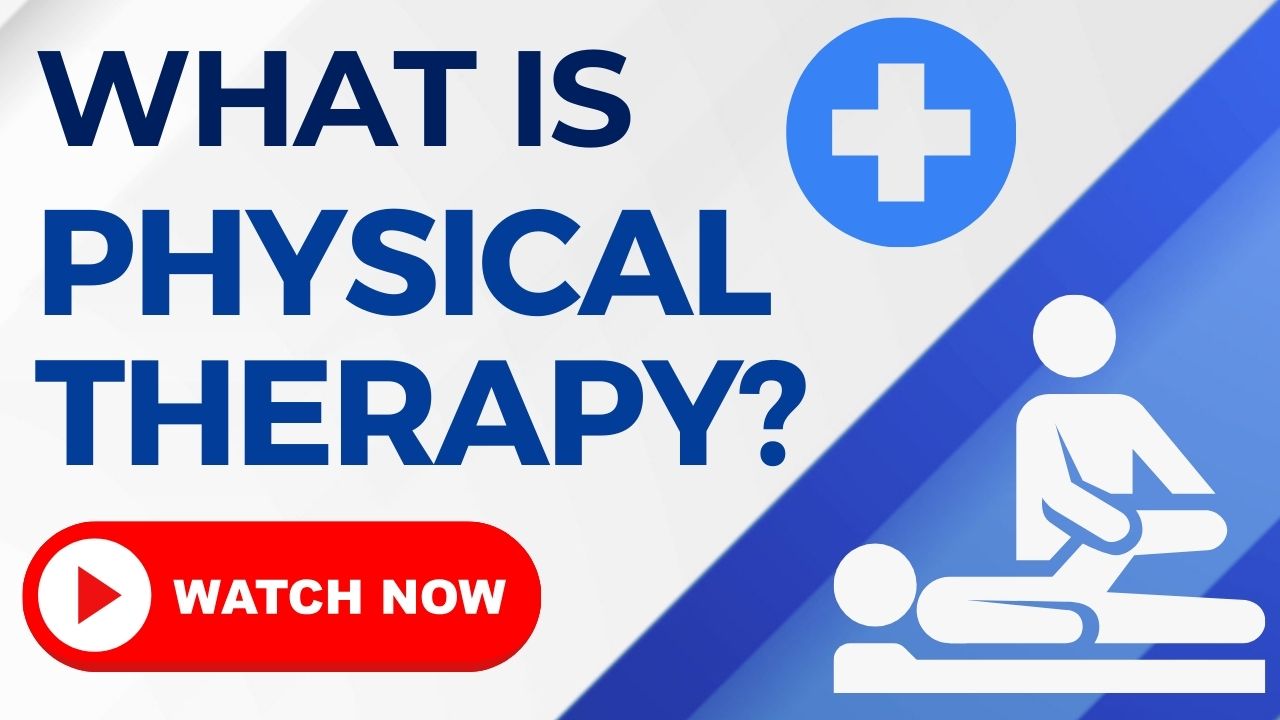
TREATMENT OVERVIEW
Physical Therapy (PT) is a cornerstone of effective, long-term pain management. While our interventional procedures provide significant pain relief, PT is what builds strength, restores function, and empowers you to maintain those results. We often recommend physical therapy as a vital partner to our treatments to ensure you achieve the best possible outcome and a lasting return to an active life.


THE PROCESS
Your first visit will involve a comprehensive evaluation. A licensed physical therapist will assess your strength, flexibility, range of motion, posture, and movement patterns to create a truly personalized treatment plan tailored to your specific condition and goals.
Your treatment plan will include a combination of techniques, such as specific therapeutic exercises for strengthening and stretching, manual (hands-on) therapy from the therapist, and education on proper body mechanics to prevent re-injury.
A critical component of successful physical therapy is your active participation. You will be given a home exercise program, which is vital for making progress between sessions and, most importantly, for maintaining your results long after you have completed your formal therapy.
TREATMENT ADVANTAGES
Physical therapy is a proactive approach that goes beyond temporary relief, empowering you with the tools to manage your condition, prevent future pain, and live a more active life.
PT focuses on strengthening the deep core and stabilizing muscles that support your spine and joints, which reduces strain and helps prevent future injury.
Targeted stretching and mobility exercises help to relieve stiffness, restore your natural range of motion, and make daily movements easier and less painful.
Our procedures can provide a window of pain relief. PT capitalizes on this window, allowing you to build strength for a better, more durable long-term result.
By correcting muscle imbalances and improving movement patterns, PT can significantly reduce pain without medication. Movement itself releases natural pain-relievers.
Physical therapy teaches you how to manage your condition with proper body mechanics and a home exercise program, giving you active control over your health.
For many conditions, a dedicated course of physical therapy can be so effective that it helps patients delay or even completely avoid the need for more invasive surgery.
IMPORTANT INFORMATION
Physical therapy is an extremely safe, non-invasive treatment when performed by a licensed professional. There are very few risks. The most common side effect is temporary muscle soreness, similar to what you would feel after starting a new workout routine. Your therapist is an expert in human movement and will progress your program at a pace that is safe and comfortable for you, ensuring you are challenged but not overworked. It's important to communicate with your therapist about how you are feeling so they can adjust your plan accordingly.
Important: The goal of physical therapy is to make you stronger and more resilient. While some soreness is a normal part of this process, therapy should not cause sharp or lasting pain. Always communicate openly with your therapist.
PREPARATION GUIDE
A little preparation for your first appointment can help your therapist get a clear picture of your condition and goals.
We will provide you with a referral that includes your diagnosis and relevant medical information for your therapist.
Choose loose-fitting, comfortable clothes and athletic shoes that allow you to move and stretch easily.
It's helpful to bring any imaging reports (like MRI or X-ray) and a list of your current medications to your first visit.
Physical therapy is an active process. Be prepared to discuss your goals and participate in your recovery.
RECOVERY GUIDE
Physical therapy is a journey of progress, not a one-time fix. Your dedication is key to a successful outcome.
The initial focus will be on gentle movements, establishing your baseline, and controlling your pain. You may feel some new muscle soreness after these first workouts; this is normal.
As you get stronger and more flexible, your therapist will gradually progress your exercises, making them more challenging to continue building strength and endurance.
Over a period of weeks or months, you will work toward your specific functional goals, whether it's walking without pain, lifting your grandchildren, or returning to a sport.
The final goal is to transition you to a self-managed home exercise program, empowering you with the tools and knowledge to maintain your progress for the long term.
Please don't hesitate to reach out and request an appointment. We look forward to meeting with you, addressing your concerns, and working together to enhance your quality of life.